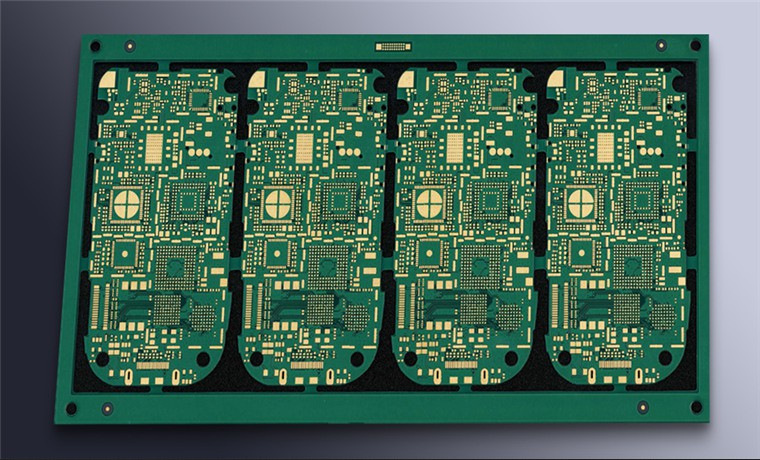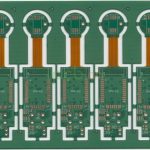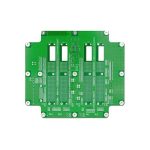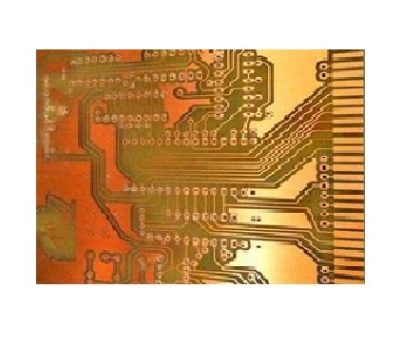There are multiple ways to call the same PCB plate, which can be called from different angles. For example, the number of layers, materials etc.
1. Classification based on the number of circuit layers
It is divided into single-sided PCB, double-sided PCB, and multi-layer PCB. The common multi-layer board is generally 3-6 layers, and the complex multi-layer board can reach more than ten layers.
(1) Single-sided PCB
On the most basic printed circuit board, the parts are concentrated on one side and the wires are concentrated on the other side. Because wires only appear on one side, this type of printed circuit board is called a single panel. Because single panels had many strict restrictions on the design of wiring (as they only had one side, wiring could not cross and had to follow separate paths), early circuits used these types of circuit boards
(2) Double-sided PCB
This type of circuit board has wiring on both sides. In order for the wires on both sides to be connected, it is necessary to have appropriate circuit connections between the two sides, which are called guide holes. A guide hole is a small hole filled or coated with metal on a printed circuit board that can be connected to wires on both sides. Because the area of a double-sided board is twice that of a single panel, and the wiring can be interleaved (which can be wound to the other side), double-sided boards can be used in more complex circuits than single panels.
(3) Multilayer PCB
In order to increase the area that can be wired, multi-layer boards use more single or double-sided wiring boards. Multi layer boards use several double-sided boards, and a layer of insulation is placed between each layer of boards before being firmly glued. The number of layers on a circuit board represents how many independent wiring layers there are, usually even in number, and includes the outermost two layers.
2. Classification based on substrate type
Flexible PCB, rigid PCB, and rigid-flexible PCB.
(1) Flexible PCB
Flexible board is a printed circuit board made of flexible substrate, which has the advantage of being flexible and easy to assemble electrical components. FPC has been widely used in fields or products such as aerospace, military, mobile communication, laptops, computer peripherals, PDAs, and digital cameras.
(2) Rigid PCB
It is made of paper based (commonly used on one side) or glass cloth based (commonly used on both sides and multiple layers), pre impregnated with phenolic or epoxy resin, and coated with copper foil on one or both sides of the surface, and then laminated and cured. This type of PCB copper clad foil board is called a rigid board. To remake a PCB, we call it a rigid PCB. A rigid PCB is a printed circuit board made of a rigid substrate that is not easily bent and has a certain degree of strength and toughness. Its advantage is that it can provide certain support for the electronic components attached to it.
(3) Rigid-flexible PCB
A rigid-flexible PCB refers to a printed circuit board that contains one or more rigid and flexible areas, composed of rigid and flexible boards laminated together. The advantage of a rigid-flexible PCB is that it can provide both the support of a rigid printed board and the bending characteristics of a flexible board, which can meet the needs of three-dimensional assembly.
If you’re wondering to find a PCB plate supplier,please do not hesitate to email opcba.com.





